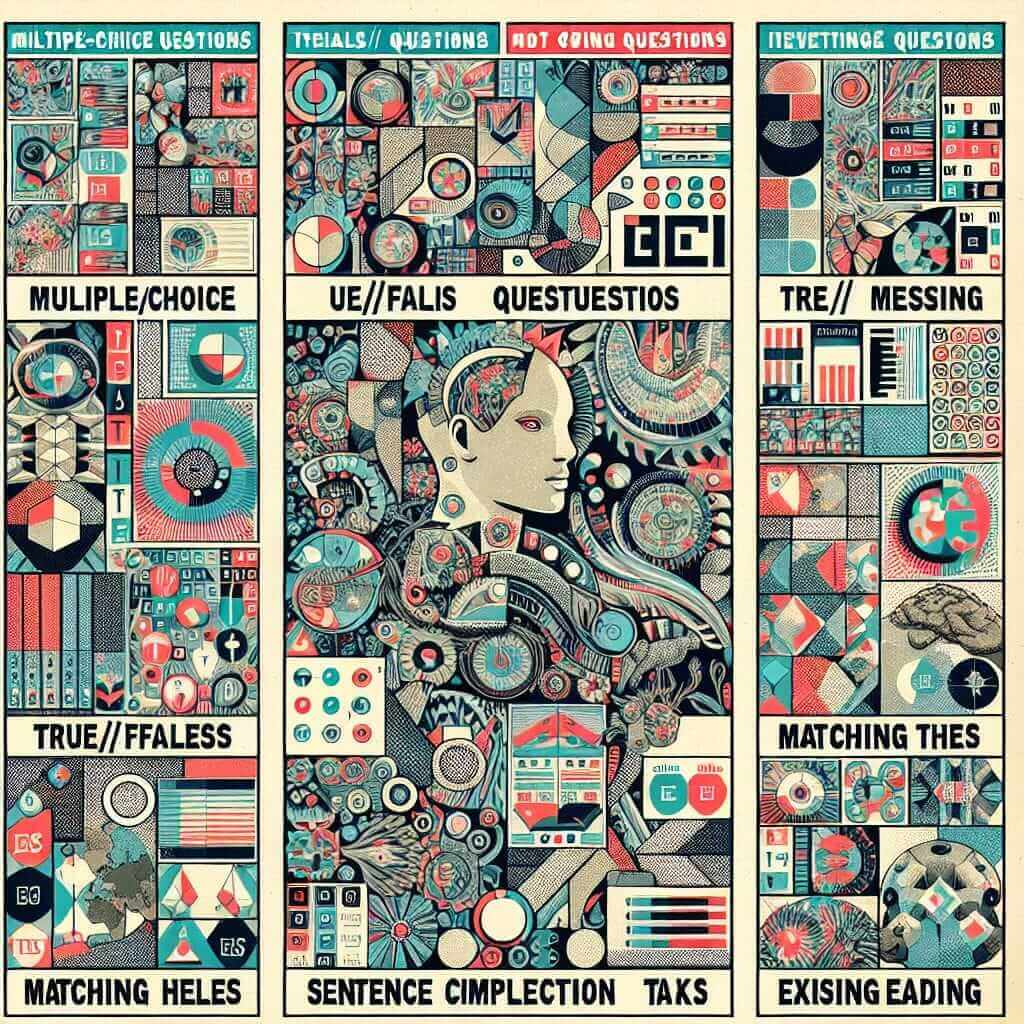As an IELTS instructor with over 20 years of experience, I often get asked by my students about the structure of the IELTS Reading test, particularly about the number of tasks. Understanding the test format is crucial for effective preparation and achieving a desirable band score.
Understanding the IELTS Reading Test Format
The IELTS Reading test assesses your ability to understand written English. It’s essential to be familiar with the types of questions and the overall test structure. Here’s a breakdown:
IELTS Academic Reading Test
- Number of sections: 3
- Number of texts: 3 long texts (taken from books, journals, magazines, newspapers)
- Number of questions: 40
- Time: 60 minutes
IELTS General Training Reading Test
- Number of sections: 3
- Number of texts: A variety of texts, ranging from short notices and advertisements to longer texts about everyday life or work-related situations.
- Number of questions: 40
- Time: 60 minutes
Task Types in the IELTS Reading Test
While the content differs between the Academic and General Training tests, both versions include a variety of question types spread across the three sections. These may include:
- Multiple Choice
- Identifying Information (True/False/Not Given)
- Identifying Writer’s Views/Claims (Yes/No/Not Given)
- Matching Headings
- Matching Information
- Sentence Completion
- Summary Completion
- Short-Answer Questions
- Diagram Label Completion
- Flow-chart Completion
 ielts reading task types
ielts reading task types
Important Considerations
- No extra time for transferring answers: Manage your time wisely as you have only 60 minutes to answer all 40 questions.
- Question order usually follows the text: Pay attention to the question order as it generally follows the flow of information in the text.
- A variety of skills are tested: The IELTS Reading test assesses your ability to skim, scan, understand main ideas, find specific details, and interpret information.
Tips for Achieving a High Score
- Practice regularly: Familiarize yourself with different question types and texts by practicing with past papers and sample tests.
- Improve your reading speed: Develop strategies to quickly skim and scan texts to locate relevant information.
- Expand your vocabulary: A strong vocabulary is essential for understanding complex texts. Make a habit of learning new words regularly.
- Focus on understanding the main ideas: Don’t get bogged down by unfamiliar vocabulary. Try to grasp the overall message of the text and each paragraph.
Conclusion
The IELTS Reading test, with its three sections and diverse question types, demands effective time management, comprehension skills, and a strategic approach. By understanding the test format, practicing regularly, and honing your reading strategies, you can confidently tackle the IELTS Reading test and achieve your desired band score.


